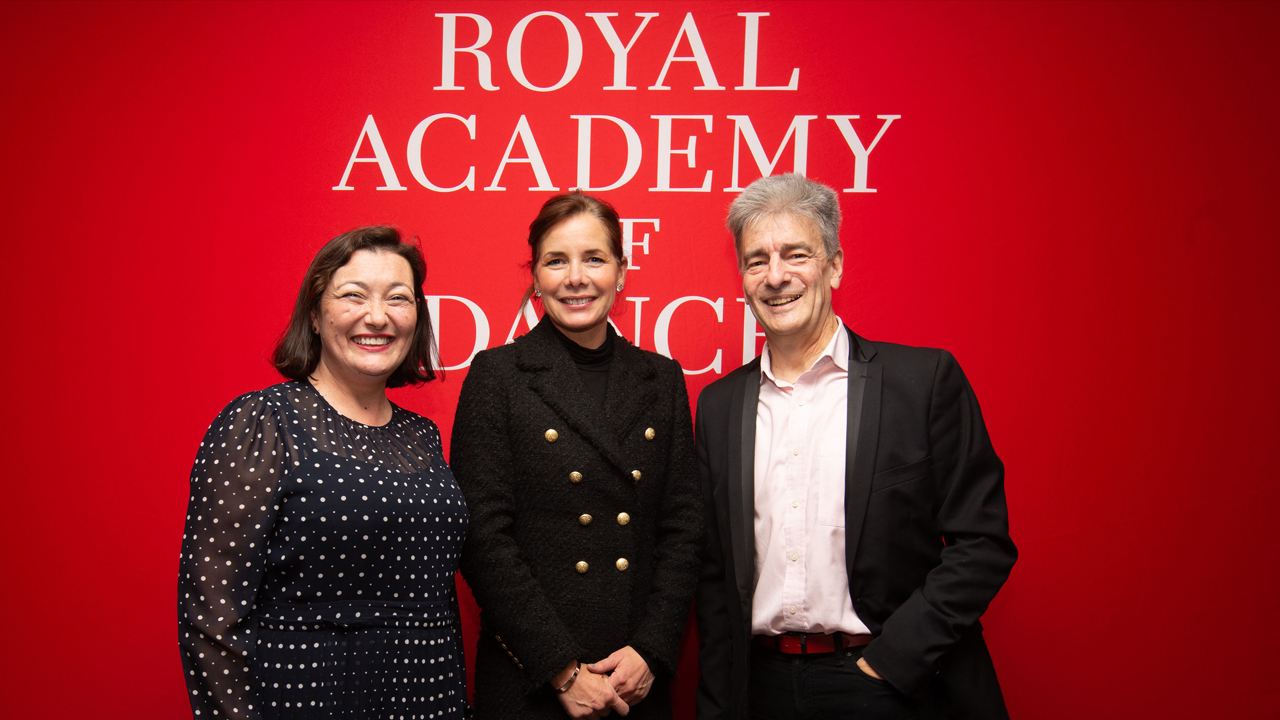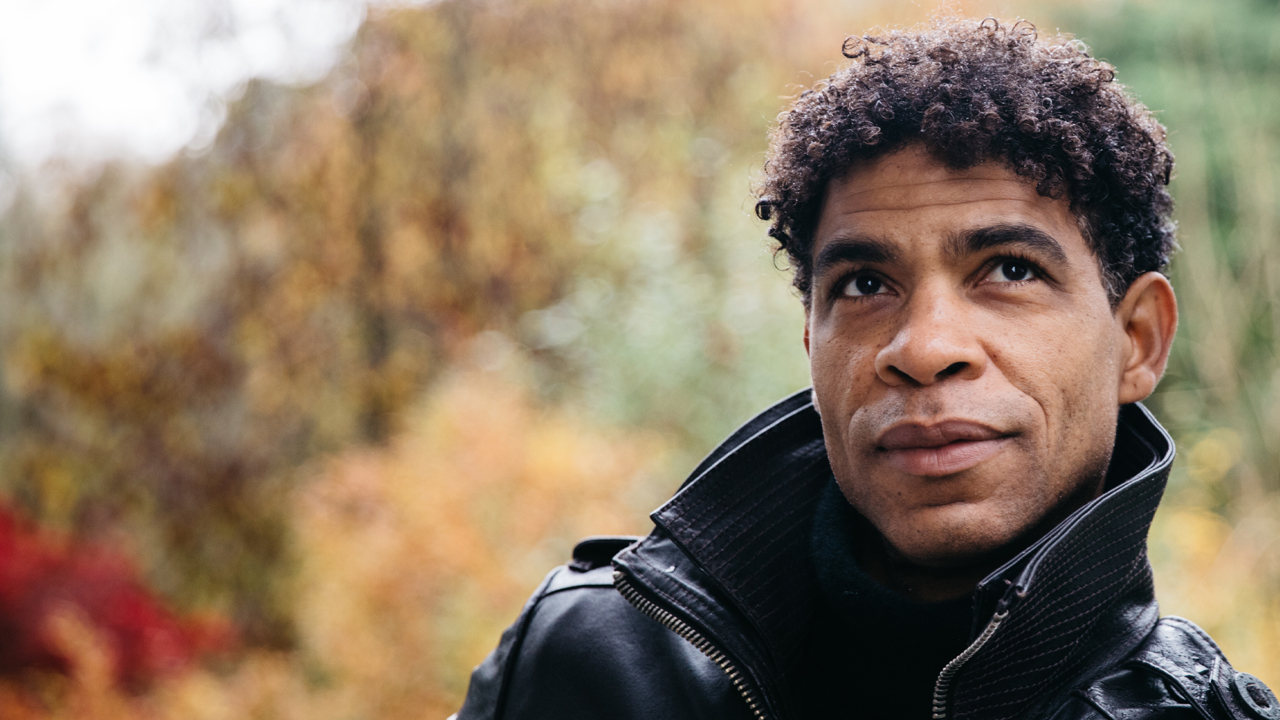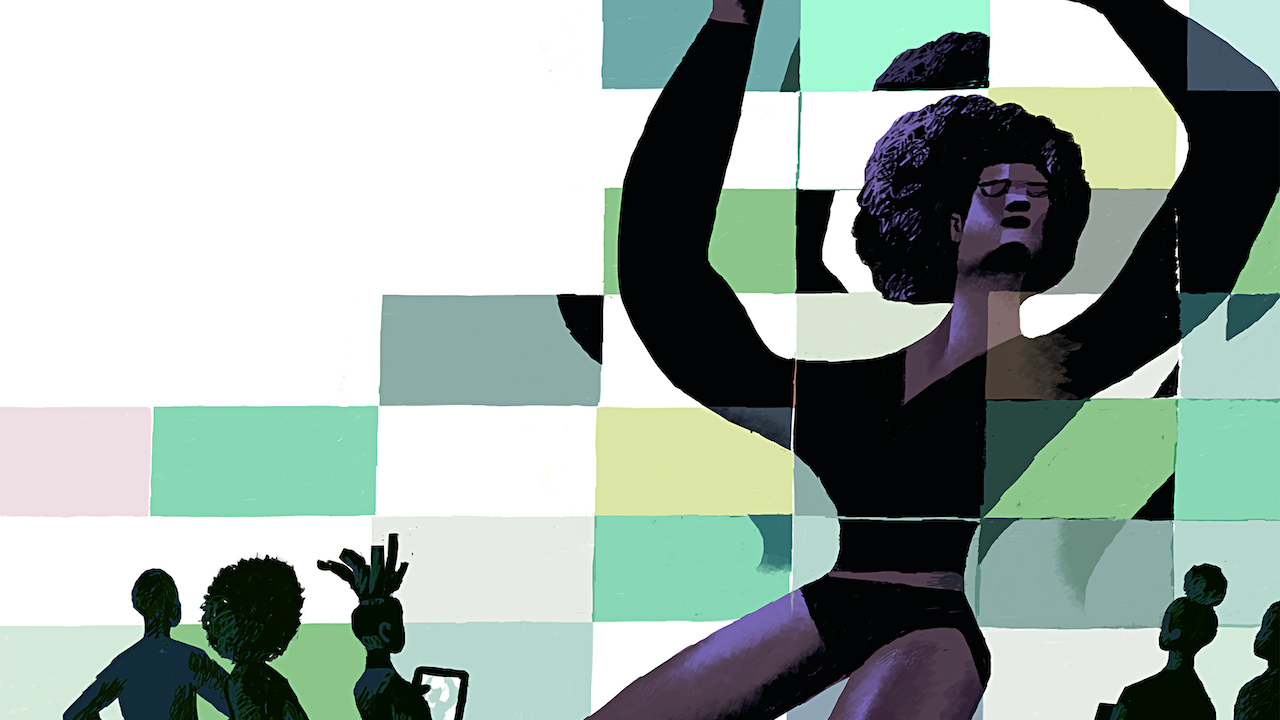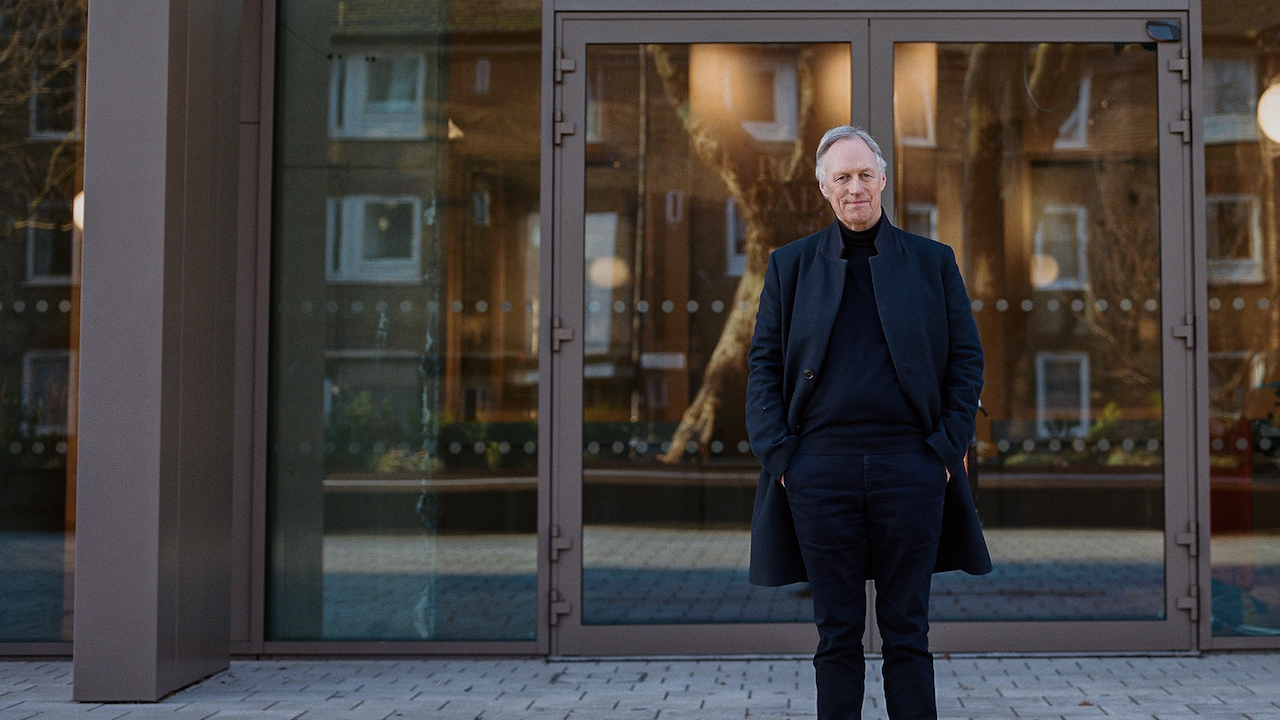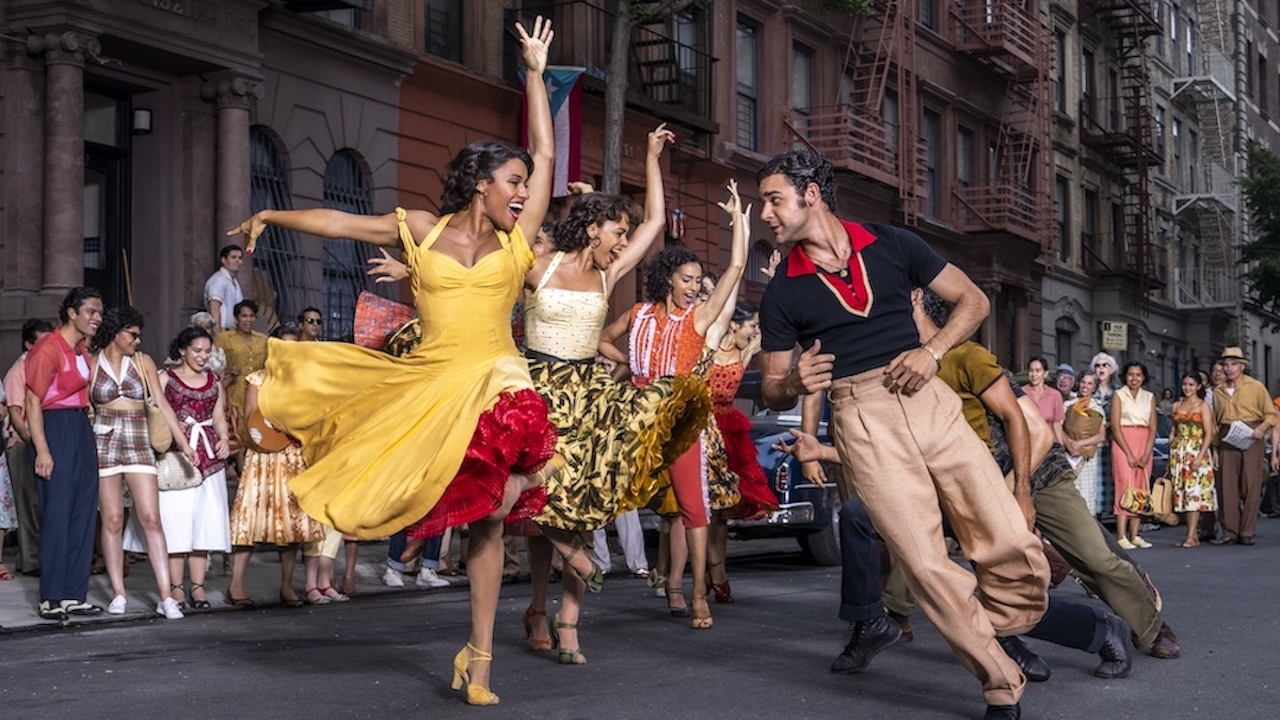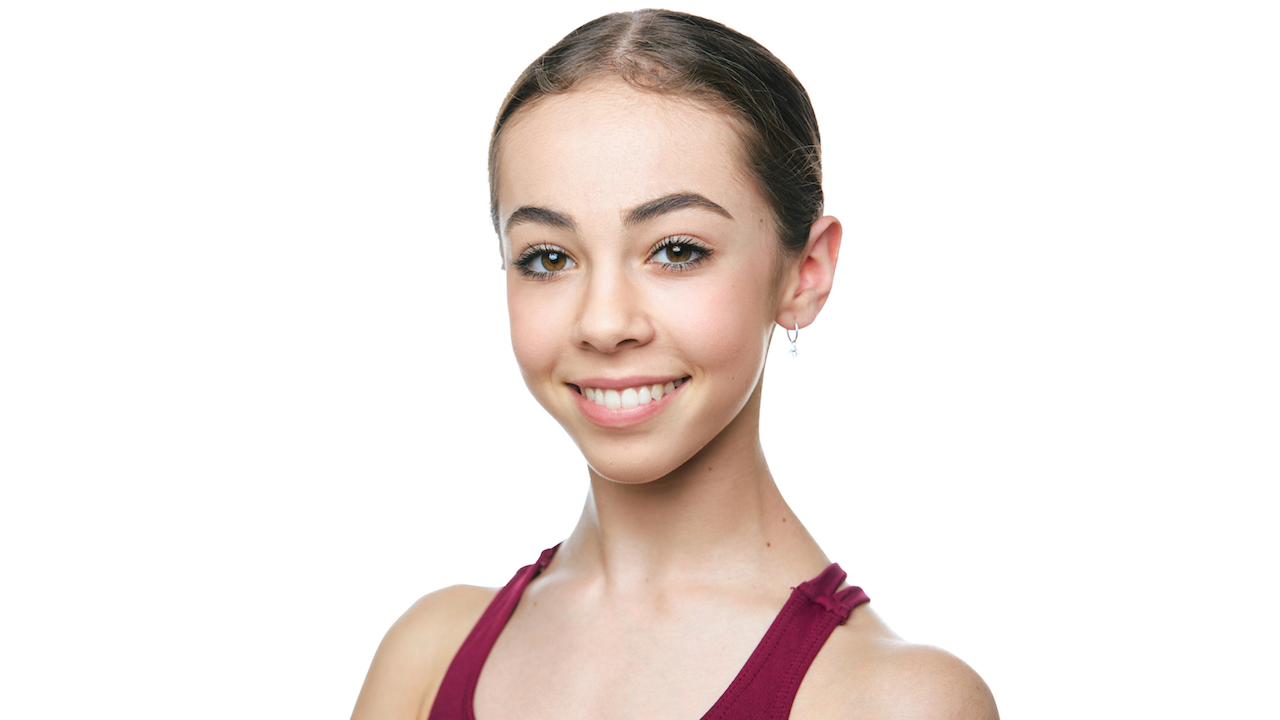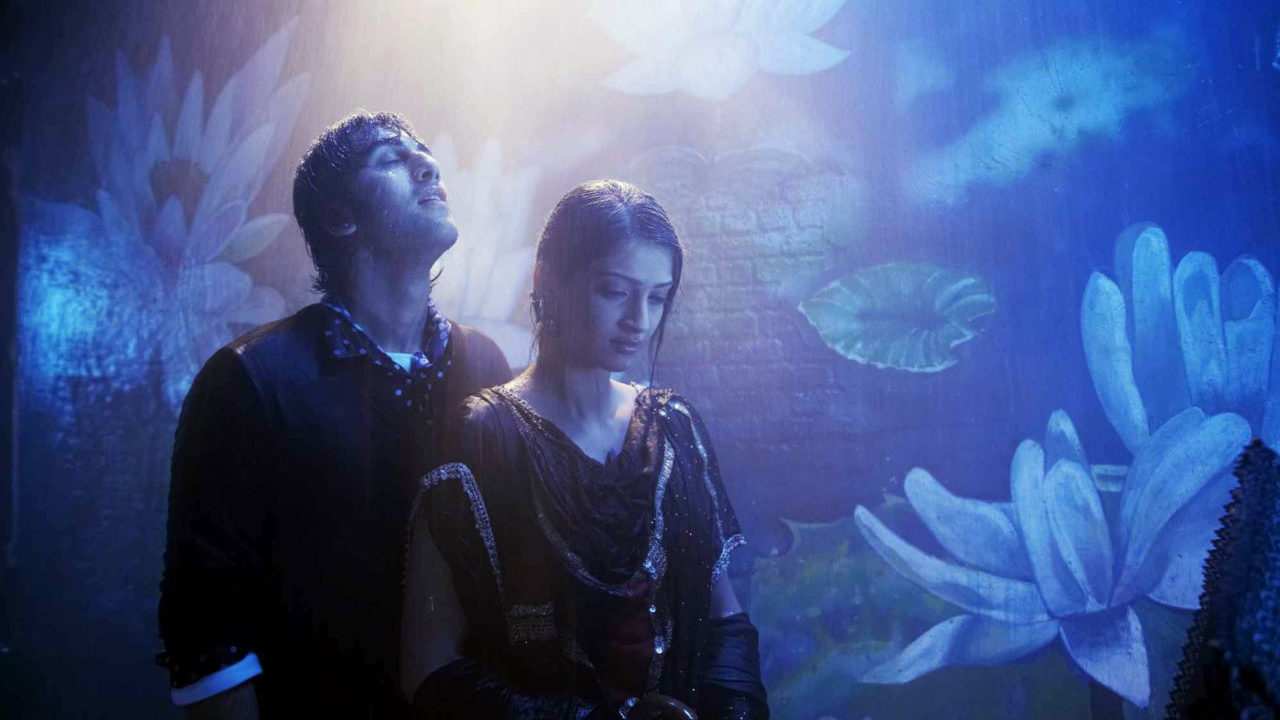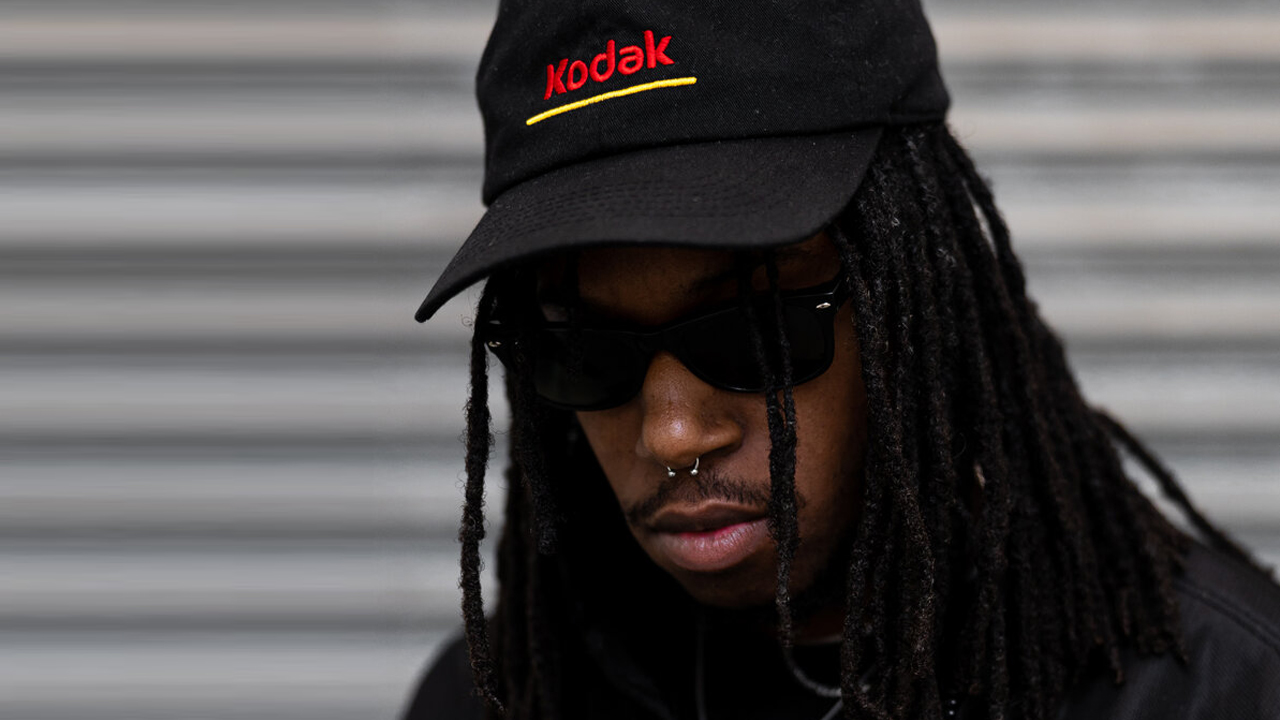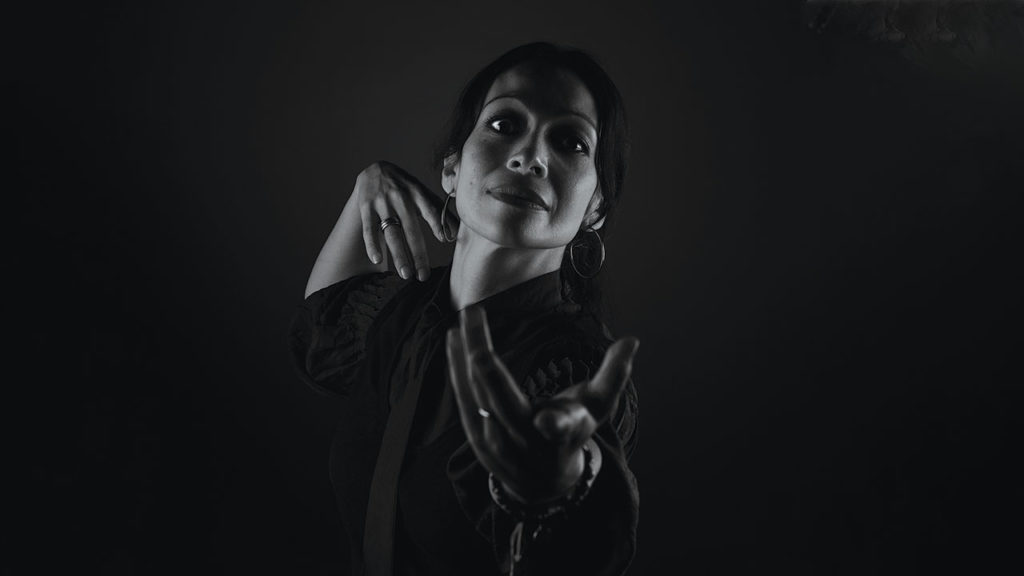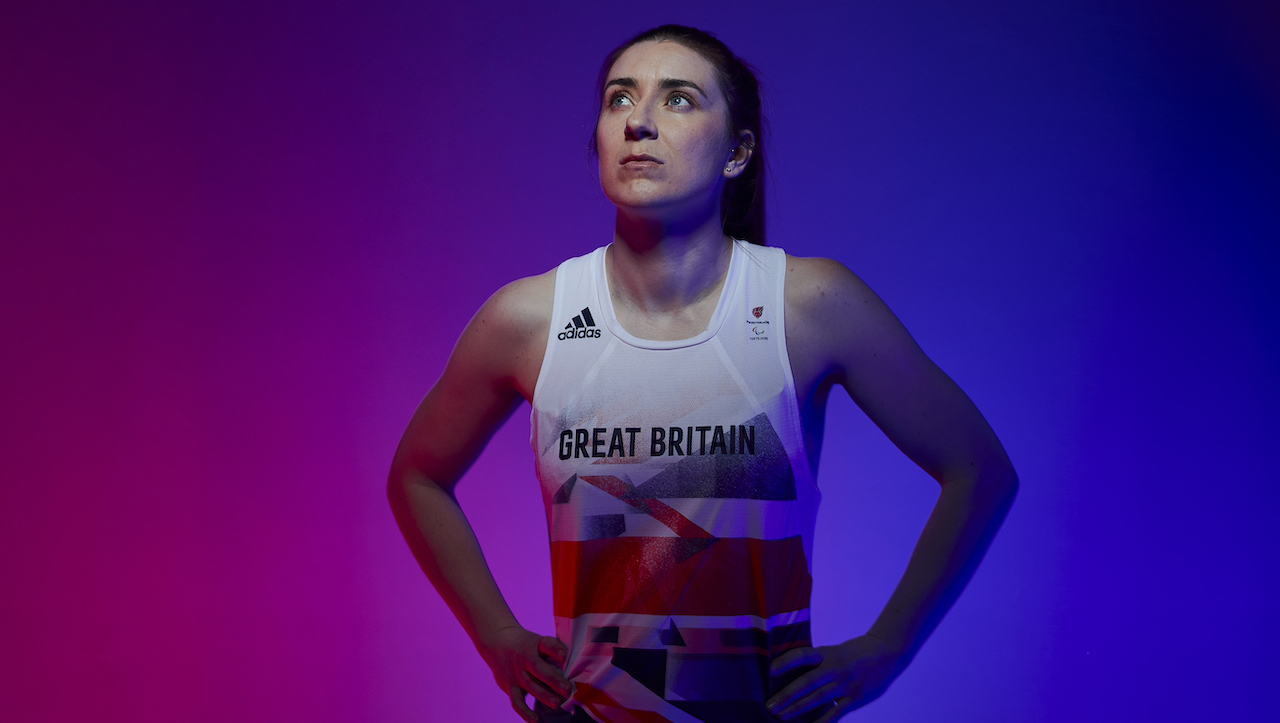Carlos Acosta bestrides the world of ballet. He’s danced all the ballet princes and everything from Romeo at Covent Garden to Spartacus at the Bolshoi. He leads not one but two dance companies – his own Acosta Danza and Birmingham Royal Ballet – and has shared his story via film, autobiography and fiction. No wonder the Royal Academy of Dance gave the Cuban artist its most prestigious award, the Queen Elizabeth II Coronation Award, in recognition of a remarkable career.
And yet it might easily not have happened. Born in one of Havana’s poorest districts, a career at the peak of international ballet seemed beyond possibility. ‘My neighborhood was very humble,’ he reflects when we speak just before Christmas. ‘My dad was a truck driver. I didn’t have a sense of the world and my place in it.’ It was, he says, a tough environment. ‘Already by the age of nine, I was involved in petty crime and things like that. In the 1990s, there was a big crisis in Cuba and lots of my friends fled the country in rafts. Some of them ended up in jail.’

So what might his life have been had he not found his way to ballet? His voice catches. ‘That’s a very tricky question. I mean, god knows.’
Instead, the sports-loving, breakdance-fancying boy trained at Cuba’s renowned National Ballet School, and his burning sense of discipline and focus kicked in, eventually bringing him an international career, embracing the new while remaining committed to the classical core of his training.
Acosta was lucky – ballet reached him young. ‘That’s why the role of teachers is so important in the formation of dancers, kids, students,’ he declares. ‘They show you the way and create a narrative that makes sense to you.’ He is committed to passing on that legacy to new generations – perhaps that’s why a new collaboration between BRB and the RAD (see ‘Perfect partners’ below) fires him up. ‘This is a very important partnership for us,’ Acosta explains, ‘because it’s trying to get more kids to engage with ballet beyond weekly lessons. We will be offering workshops with dancers, pre-performance talks, special events, ticket offers. We will focus on connecting with dance teachers and students around the country, so they can connect with BRB’s large scale productions.’ Identifying and sealing a bond with new dancers and audiences alike is already part of BRB’s work – Acosta enthuses about Dance Track, ‘a really wonderful project that teaches dance for free to kids aged six to eight. We have 200 or so kids that we teach and we give them the gear and everything.’
‘Ultimately,’ he considers, ‘it’s all about this art form and how it is positioned in people’s lives. Eventually that can translate into audiences as well. If the kids don’t become professional dancers, they could become teachers or the audience. That is the entire ecosystem.’ It brings him back to the RAD collaboration – ‘a great partnership that I’m very glad we are a part of.’
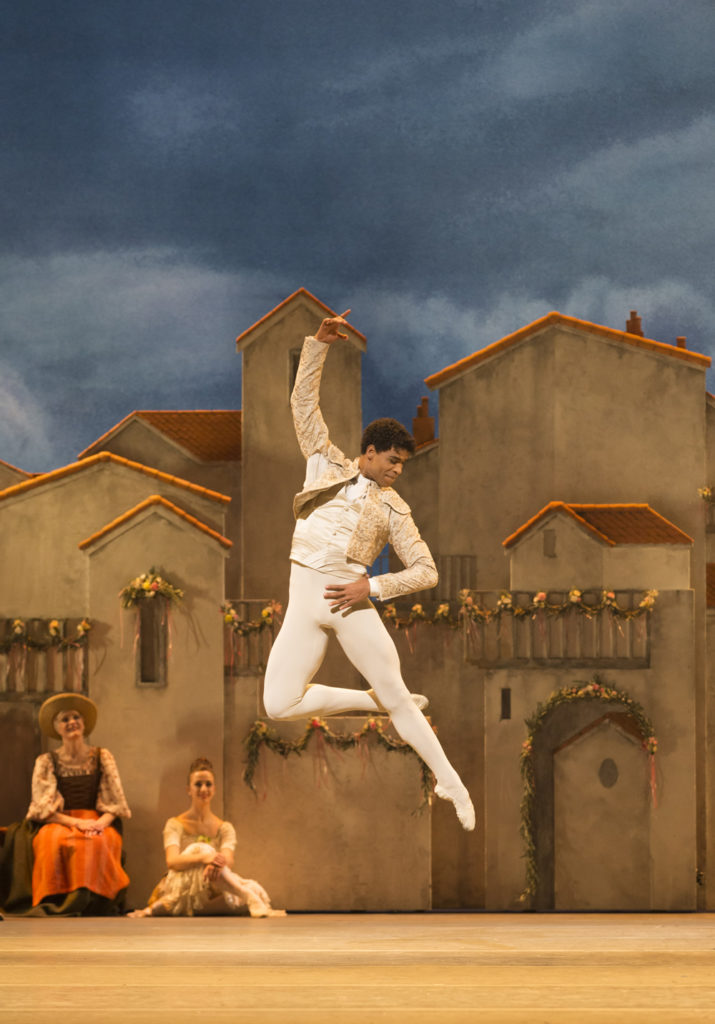
‘My life without ballet? God knows’
Watching Acosta’s plush assurance in princely roles, you might imagine they came naturally to him. In fact, classic ballets and especially their scores initially baffled the student dancer. ‘I despised classical music because it was alien to me,’ he says. ‘I wanted to break dance and was into the kind of music with a beat that gives you an energy rush. Classical music takes more time to get used to.’ Gradually, he grew accustomed to it and, as he notes, ‘dance and music go hand in hand.’ He admired dancers Mikhail Baryshnikov and Rudolf Nureyev: ‘I didn’t just want to become a good dancer, I wanted to become an artist. Somebody who could spark emotions in others and constantly reinvent himself.’
He initially felt at home in athletic, sparky roles. ‘I knew that I was very good at projecting ballets like Don Quixote and Diana and Acteon. These kind of roles were closer to my upbringing: Basilio [in Don Quixote] is a barber and Actaeon is a hunter. They’re famous for their power display, the high jumps, leaps and turns. I could do that very well, but I didn’t know how to project the prince.’ He broadened his range and look inwards with the Royal Ballet, where he was a guest principal from 2003–16. ‘The repertory gave me a chance to grow up as an artist. That’s one of the things I enjoy so much, the fact that you keep changing. Human beings have many layers and I was keen to explore all those layers and deliver a different image of myself each time. I had to learn so much before I really got into the depths of ballets like Mayerling and Romeo and Juliet, where there is a big arc of growth within the roles.’
Growing as an artist and as a person go hand in hand, he believes. ‘The person impacts on the artist, because the artist is first and foremost a human being. So the more this human being grows, you see roles differently, see life differently. I always wanted to evolve and grow and learn.’

For Acosta, this project had an especial urgency – he needed to draw closer to more privileged peers. ‘I read my first book at the age of 25, I didn’t have a lot of cultural upbringing. Compared to everyone else, I knew I had to catch up, so I needed to hurry. That motivates me, the fact that every single hour I’m learning something. Even to this day, I’m always making plans and a strategy for both companies that I direct, and thinking of ways I can learn new things.’
Although he came to feel at home in psychologically challenging ballets, Acosta’s heart retains a special affection for Don Quixote. Petipa’s Russian classic is riddled with longing for the warm south – exuberant, colourful and giving young love its day in the sun. It was a natural choice for Acosta’s first large-scale production for the Royal Ballet in 2013.
‘Don Quixote is a ballet that every big ballet company should have,’ he enthuses. ‘There are so many roles, it keeps the company in shape. Seguidilla, fandango: everybody is active, it contributes a lot to the dancers’ development.’ It’s also, he says, a happy show: ‘in ballet there are a lot of tragedies – everybody, one way or another, dies – but this is a feelgood, go-have-a-mojito-afterwards ballet.’
‘Teachers are so important. They show you the way’
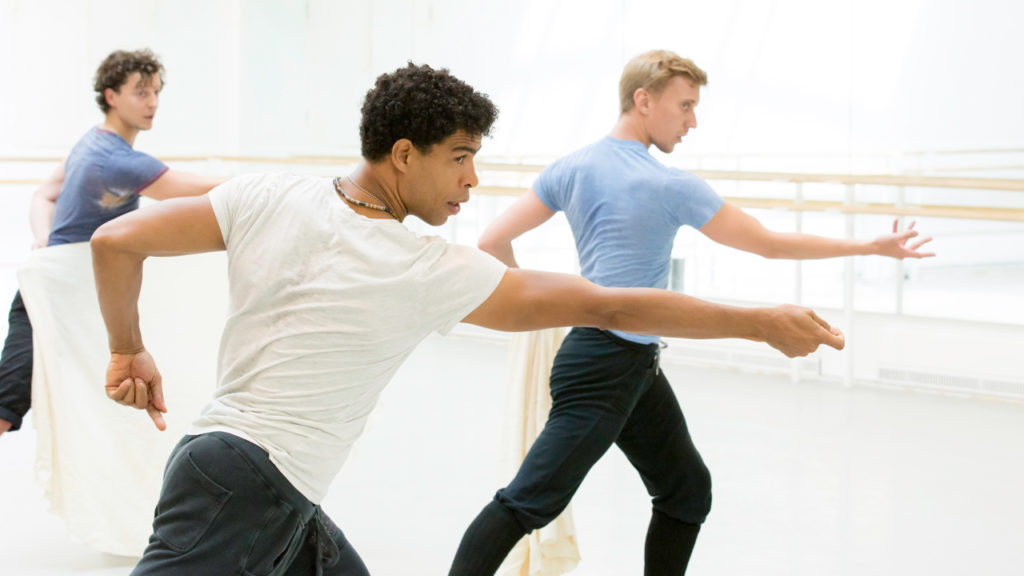
Acosta’s production also has an unusually warm heart. Although the ballet is nominally based on Cervantes’ 17th-century novel, most productions sideline its title character – the ageing knight with an overactive imagination, who embarks on noble yet largely deluded acts of chivalry. Usually a mere sideshow to bouncy lovers Kitri and Basilio, Acosta insists ‘he should be the hero. The purpose of his quest is to help mankind or the needy, wherever they are.’ Acosta explores ‘the demons in his head that I call the shadows, images that come to him,’ and throughout will foreground the knight – ‘this is his ballet.’
He felt BRB deserved its own production, and though again working with designer Tim Hatley, he’s now rethinking the designs and orchestrations and ‘I will have a fiddle with the choreography.’ The show will feature animations that bring the images in Quixote’s head to life. ‘We’re trying to visit a classic through the lens of today.’
If anyone deserves a have-a-mojito-type evening, it’s dancers and their colleagues, who have had a gruelling time during the pandemic. Acosta, taking charge of BRB just as the UK’s first lockdown hit admits that, despite his default optimism, ‘it’s been very hard, emotionally to keep the spirit alive at times.’ Reflecting on why he dances has helped keep that flame burning. ‘Dance has been my purpose, my mission, everything I accomplished was because of dance,’ he says. ‘Dance rescued me, took me out of a world of poverty. I don’t think anything could give me more pride than to call myself a professional dancer. It’s just a wonderful thing.’
Perfect partners
The RAD’s new collaboration with Birmingham Royal Ballet will offer students and teachers an insight into the creative work of a leading ballet company.
Birmingham Royal Ballet and the Royal Academy of Dance have announced a new partnership which will create stronger links to the professional world of ballet for RAD teachers and their students through an exciting programme of events and exclusive experiences.
The programme will launch in February 2022, following consultation with RAD teachers. It will include a series of pre-show talks as part of BRB’s Don Quixote UK tour as well as practical workshops with dancers and staff, offering insights into company life, both onstage and off. The programme’s initial focus is the UK but hopes to harness digital technology, to reach RAD teachers and students around the world.
Gerard Charles, RAD’s Artistic Director, says, ‘The RAD is committed to providing our teachers and students with enriching and high quality experiences. There is so much more to studying ballet than simply learning the steps, and so we are delighted that Birmingham Royal Ballet will be lifting the curtain on company life and the artistry and creativity that makes it a leading dance company. We are all part of a large dance community that includes beginners, experienced dancers and teachers, and we learn from each other. I cannot wait to see how our dancers and teachers benefit from this amazing opportunity.’
We are all part of a large dance community
Gerard Charles
and we learn from each other’
